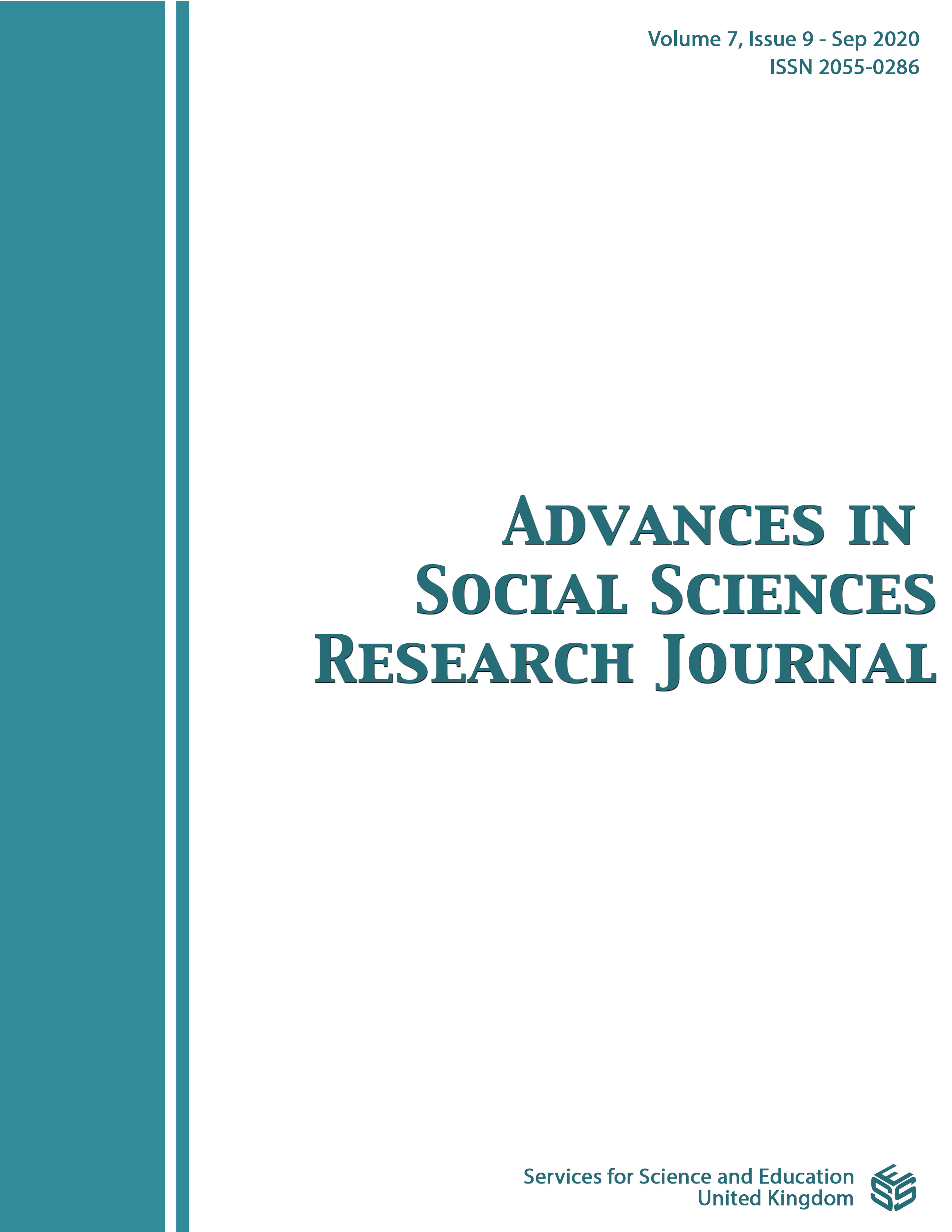Research on Strategic Communication Analysis of Interpersonal Communication
DOI:
https://doi.org/10.14738/assrj.79.8945Keywords:
Strategic communication;Interpersonal communication;Public relations;Social relationsAbstract
In this paper, we have discussed interpersonal communication. Basically, communication is strategic when behaviors (utterances, nonverbal displays) are formulated in a particular way because it is projected that they will have social utility. And Strategic interpersonal communication assumes certain characteristics that are common to behavior.
As Communication is a vehicle that organizations should use to initiate, develop, maintain, and repair mutually productive organization- public relationships.
We discusses many aspects of Strategic Interpersonal Communication such as its multi-dimensions, Relationship negotiation and Interpersonal Communication and Public Relations.
In methodology section we have carried out study. This study was intended to recognize and measure the perceptions of sophomore and junior semester college students toward feelings of anxiety experienced throughout foreign language learning as measured by the FLCAS scale. This study results that anxiety in foreign language university students by diminishing their indifference and disinterest in the curriculum that is distinct to their needs, educators have to give meaningful content that is similar to their particular disciplines. An instance of this approach would be to expand curricula for professional disciplines, such as health career, business, science and technology, and law, and diversely curricula for educational purposes, for example, for students majoring in the language or for those practicing their undergraduate or postgraduate studies out of the country.
Downloads
Published
How to Cite
Issue
Section
License
Authors wishing to include figures, tables, or text passages that have already been published elsewhere are required to obtain permission from the copyright owner(s) for both the print and online format and to include evidence that such permission has been granted when submitting their papers. Any material received without such evidence will be assumed to originate from the authors.






